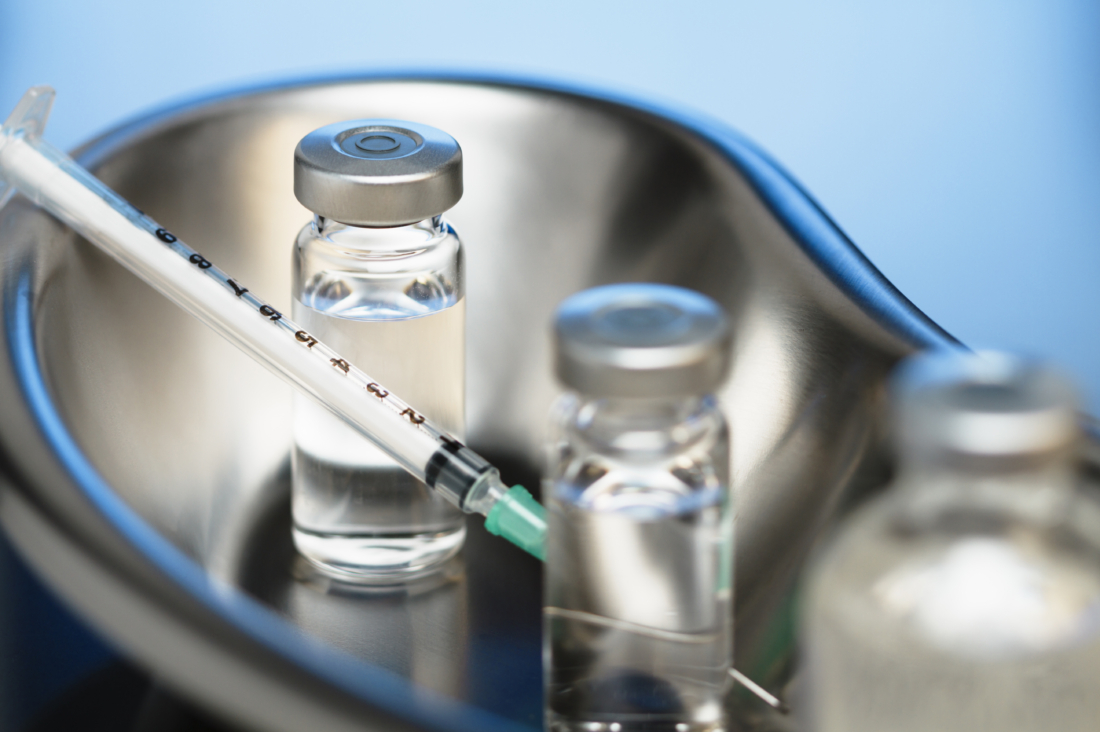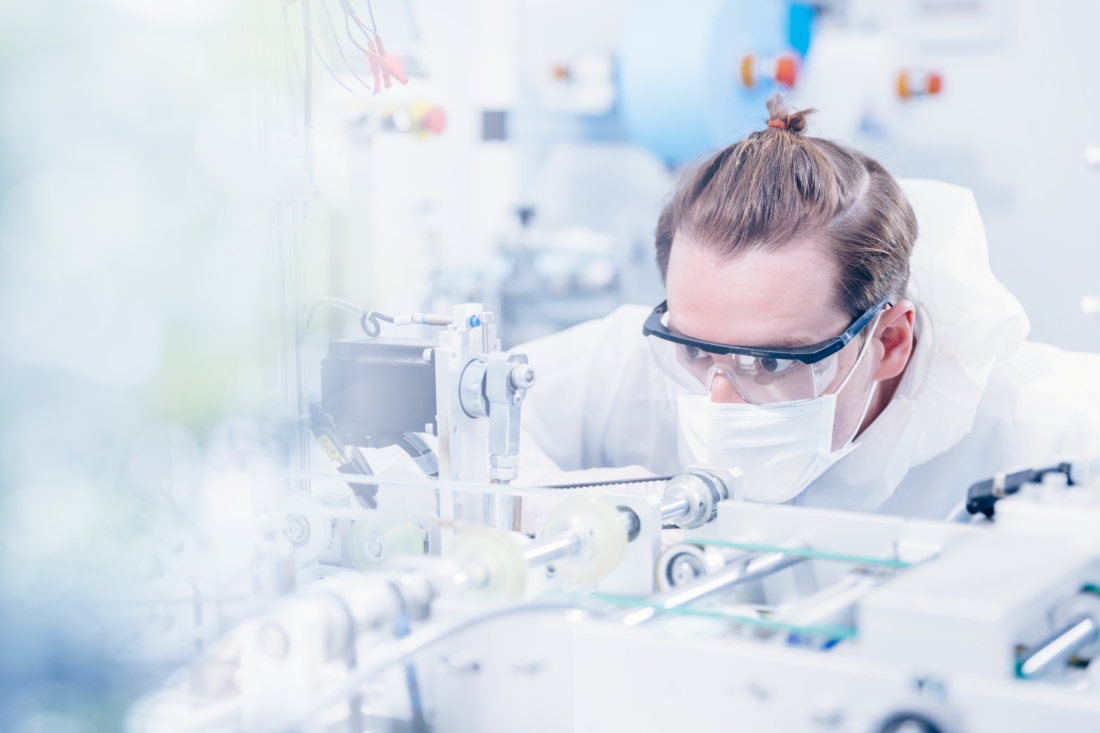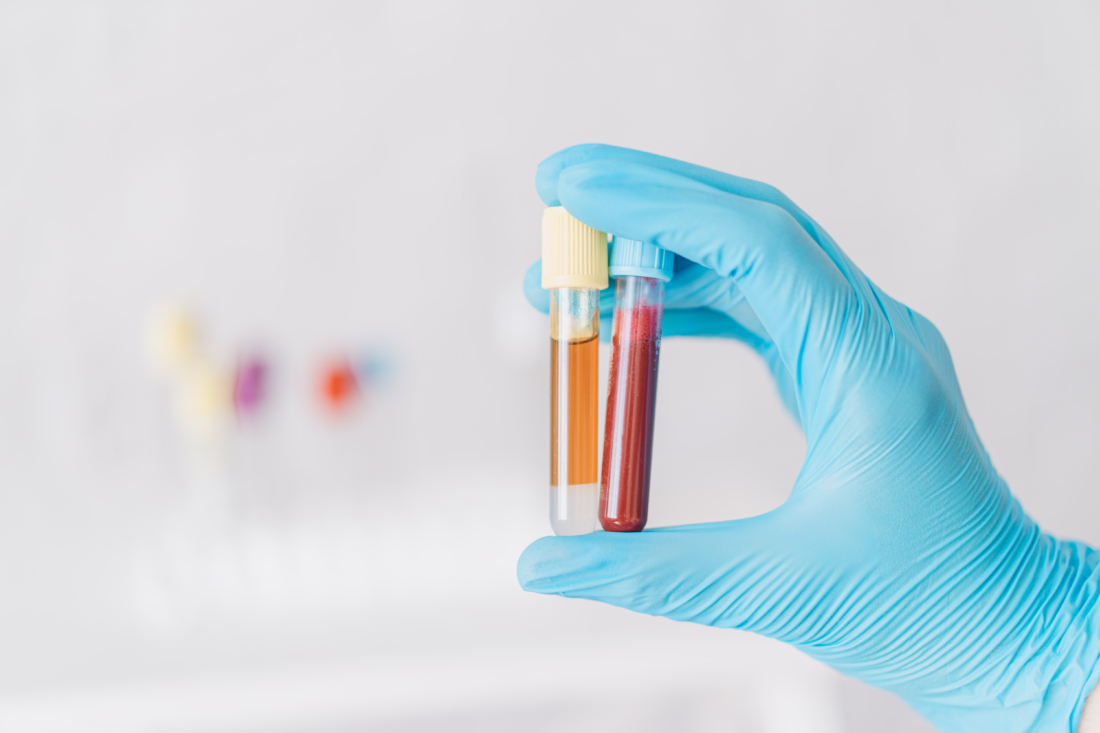Enhancing UHPLC Analytics: Revolutionizing Quality Control with Advanced Automation
UHPLC Analytics | Pharma & Biotech | Analytical Methods | UHPLC | Data Automation | Quality Control
The Significance of Automation in UHPLC Analytics for Precise and Efficient Results
Advantages of Automated UHPLC?
In the pharmaceutical and biotech industries, maintaining the highest standards of quality control is non-negotiable. Our recent collaboration with our client, a leading international Contract Development and Manufacturing Organization (CDMO) specializing in injectable solutions, aimed to optimize and automate analytical methods using Ultra-High-Performance Liquid Chromatography (UHPLC).
Automating UHPLC analytics becomes crucial to streamline processes, mitigate errors, and enhance efficiency. The challenge lies not only in mastering the software, in this case, Empower 3, but also in pushing its capabilities beyond routine functions. The goal was to empower analysts to perform the entirety of necessary calculations automatically, addressing the issues stemming from unclear instructions given to analysts.
Our Approach
- Mastering Empower 3: The initial step involved a comprehensive understanding and mastery of the Empower 3 software, the linchpin of UHPLC analytics.
- Automated Calculation Formulas: We devised new formulas for automatic calculations during HPLC analyses, ensuring precision and efficiency in the process.
- Training and Support: Regular training sessions were conducted to equip personnel with the skills needed for the complete utilization of the software.
- Optimizing Analytical Records: A comprehensive overhaul of analytical records was executed, making instructions to analysts clearer and more concise for seamless execution.
Addressing Challenges and Achieving Results
The challenges encountered were twofold: firstly, automating the complex calculations previously performed manually, and secondly, ensuring clarity in analyst instructions. Through our approach, we successfully addressed these challenges and achieved tangible results.
Previously, UHPLC analysis calculations were time-consuming, often taking more than a day, and were susceptible to errors. Automation not only eliminated errors but also reduced the calculation time to a mere 30 minutes to 1 hour. Considering the monthly volume of UHPLC analyses, this represents a significant efficiency boost.
Furthermore, the optimization of analytical records not only saved analysts and reviewers up to 4 hours per analysis but also contributed to substantial time savings across multiple products. In total, between 1.5 and 6 workdays were saved for each product, encompassing all required tests.
Contributions and Personal Growth of our consultant in UHPLC Analytics
In the course of this mission, our coworker undertook the entire set of tasks outlined in optimizing analytical records.
This journey enabled the development of crucial skills such as autonomy, assertiveness, pedagogy, and expertise in UHPLC and other analytical methods, as well as protocol writing.
In conclusion, the integration of advanced automation in UHPLC analytics signifies a transformative leap in quality control for pharmaceutical entities.
The results achieved not only enhance precision and efficiency but also contribute to significant time and resource savings, marking a paradigm shift in the industry’s approach to analytical processes.



